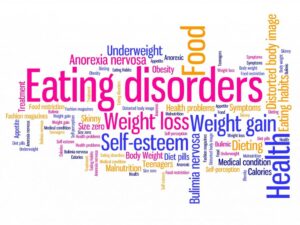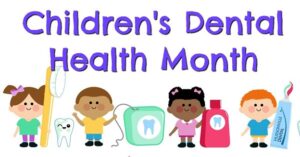Poisoning in dogs is a serious issue that every dog owner should be aware of. If you have a pet dog, then odds are you care greatly about it and do everything you can to keep it safe. Unfortunately, there are a lot of household items that may seem harmless that can end up poisoning your dog if they consume them.
It’s estimated that there are around 232,000 pet poisonings in the U.S. every year. These poisonings are caused by everything from cleaning products and gardening products to plants and people food. To help prevent dog poisonings, March has been designated as Pet Poison Prevention Awareness Month.
Signs of Poisoning in Dogs
If your dog has consumed an item that is poisonous to them, you’ll want to act quickly by taking them to your vet as soon as possible. The quicker you act, the better the chances will be of saving your dog. With that in mind, the following are a few signs that indicate your dog may have consumed something poisonous:
- Your dog is breathing rapidly
- Your dog exhibits a weak or rapid pulse
- It’s experiencing a change in body temperature
- The dog’s gums appear pale
- The dog has lost consciousness
- Your dog is experiencing paralysis or is having trouble standing
- Your dog is having seizures
- It is bleeding excessively
What To Do If Your Dog Has Been Poisoned
First of all, call your vet. They will tell you what to do. If you can’t reach your vet, then call the Animal Poison Control Center. You can reach them at 888-426-4435. They will provide you with guidance on what to do for a consultation fee. They are available 24 hours a day.You can also call the Pet Poison Hotline.
If you take your pet to the vet, take any of the potential poison that remains. If your dog ate it all and vomited, take a sample of the vomit. This will help the vet determine what poisoned your dog so they can treat it more effectively.
Poisonings in dogs are a serious threat throughout California homes. Understand how to identify if your dog is poisoned so you can get them the care they need. For more pet safety advice, be sure to visit us at The Benefits Store today.
 The Benefits Store
The Benefits Store The Benefits Store
The Benefits Store 






Blog Home Page
Categories